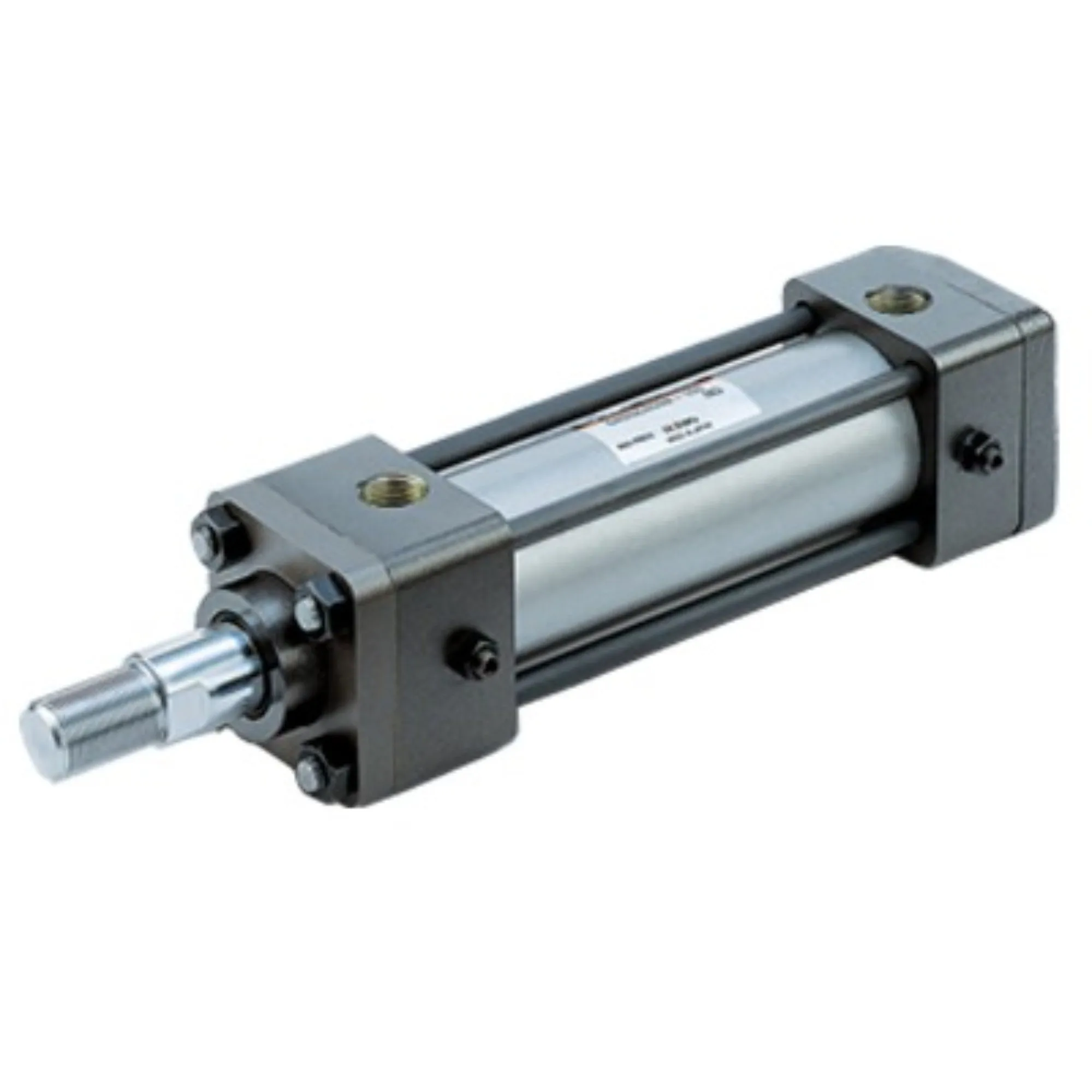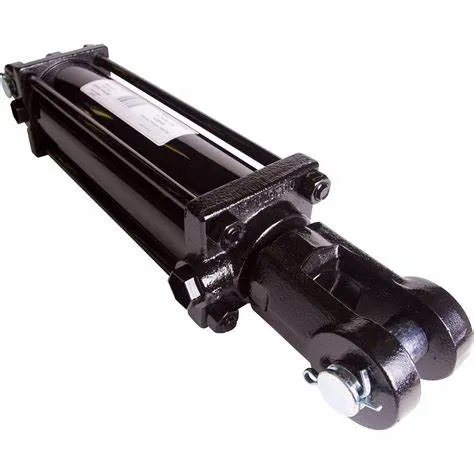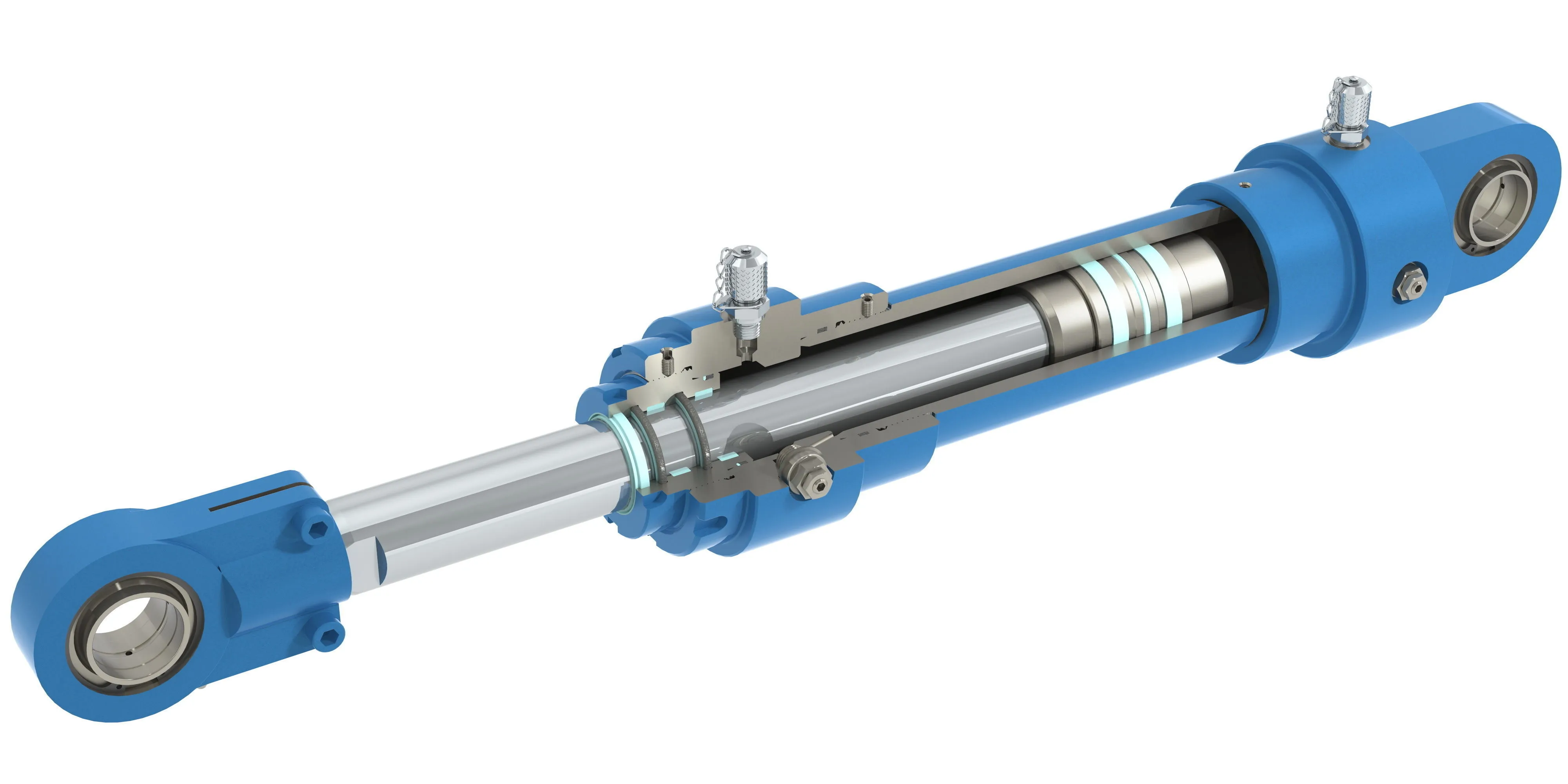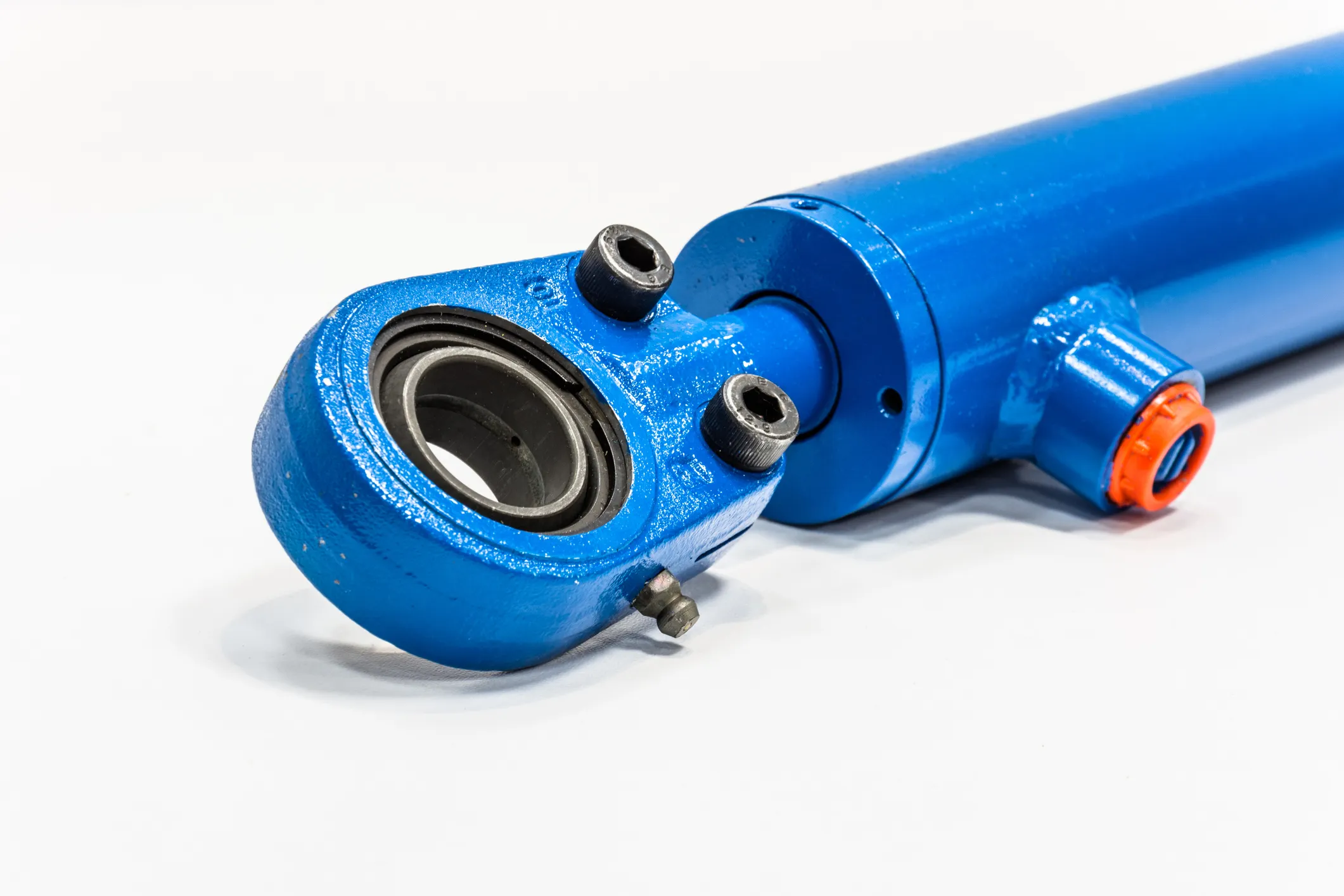Introduction to Locking Single-Acting Hydraulic Cylinder Design
Definition of Locking Single-Acting Hydraulic Cylinder
The locking single-acting hydraulic cylinder is a device that operates under hydraulic pressure in one direction and includes a locking function to prevent movement in the absence of pressure.
Design and Construction Characteristics
The design of the locking single-acting hydraulic cylinder is focused on safety and space optimization. It features a locking mechanism that ensures the piston remains in a safe position when pressure is lost. This mechanism can be mechanical or hydraulic, customized based on the specific application needs.
Locking Mechanism – Safety
- Main feature is the locking mechanism
- Mechanical or hydraulic lock to prevent accidental retracting
Variety
- Customizable design with spring-loaded locking devices
- Compact structure for space optimization
Precision Manufacturing
- High-precision machining for good fit and sealing performance
- Strict quality control during production
Working Principle of Locking Single-Acting Hydraulic Cylinder
Single-Acting Mechanism
Hydraulic oil is pumped into the chamber to extend the cylinder and push the piston outward. The retraction is achieved by the locking mechanism, preventing accidental movement.
Locking Mechanism
Mechanical or hydraulic locks maintain pressure to prevent piston retracting under load, ensuring safety even when pressure is lost.
Types and Configurations
Customized Locking Mechanism
Various types of locking mechanisms including spring-loaded devices and pin locks can be configured based on specific application requirements.
Compact Structure
Designed for space-limited environments with precision manufacturing for reliability and consistent performance.
Benefits of Locking Single-Acting Hydraulic Cylinder
Enhanced Security
Locking mechanism reduces the risk of accidents and improves operator safety.
Reliability
Effective operation under high loads and varying conditions ensures consistent performance.
Application Scenarios
Construction Equipment
Used in cranes, hoists, and lifts for securely fixing heavy objects.
Manufacturing
Applied in presses for forming materials under high pressure.

Design Considerations and Selection Criteria
Bearing Capacity
Exploring the load capacity, sealing, durability, safety, and maintainability for proper selection.
Sealing and Lubrication
Utilizing high-quality seals and lubrication for wear resistance and efficiency.
Maintenance and Troubleshooting
Regular Inspection and Maintenance
Implementing preventive measures and proper lubrication for extended service life.
Fault Diagnosis and Solutions
Providing troubleshooting tips and solutions for common problems to minimize downtime.
Unit Power and Optimization
Influencing Factors
Cylinder diameter, stroke, operating pressure, piston speed, and load conditions impact unit power output.
Advantages of Optimization
Optimizing power unit enhances efficiency, energy savings, and reliability of equipment.
FAQs on Locking Single-Acting Hydraulic Cylinder

1. How does the locking mechanism work?

The locking mechanism prevents piston movement under load, ensuring safety even when hydraulic pressure is lost.
2. What are the main components?
Main components include the locking mechanism, piston, chamber, and hydraulic system for operation.
Long-Tail Keywords
1. “Customizable Locking Mechanism for Enhanced Safety”

2. “Space-Optimized Design for Compact Environments”
3. “Reliable Performance Under High Loads”
Our Company
We are a leading hydraulic cylinder manufacturer providing a complete product line for domestic and international markets. Our company offers professional, customized services, international certifications, and reliable after-sales support.
Author: lyl
